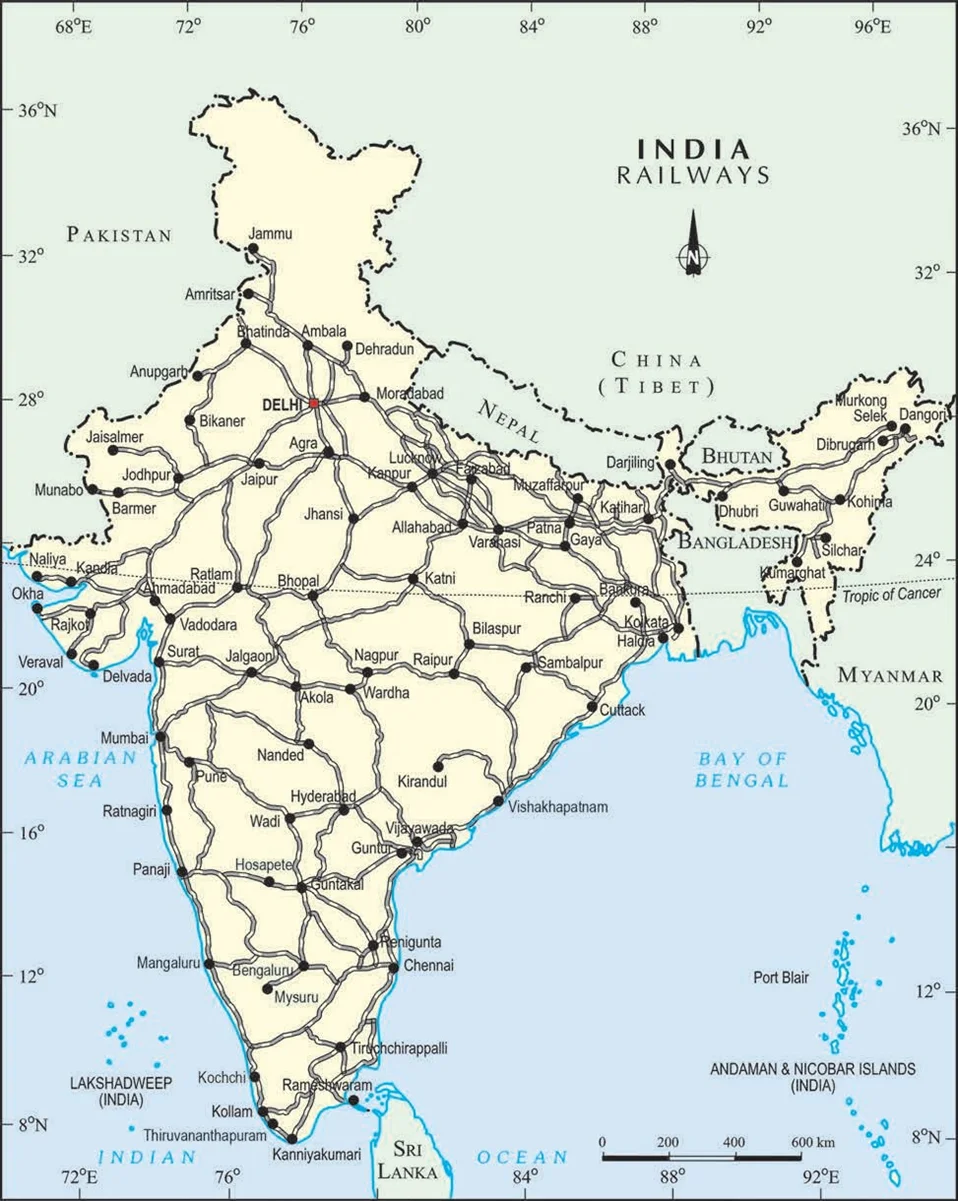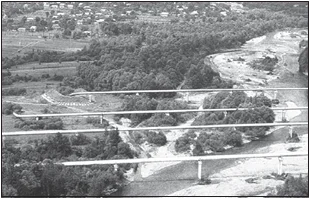![]() 8 Dec 2023
8 Dec 2023
Indian Railways are a mode of land transport for bulky goods and passengers over long distances.
The railway gauges vary in different countries and are roughly classified as broad (more than 1.5 m), standard (1.44 m), metre gauge (1 m) and smaller gauge.
Mahatma Gandhi said the Indian railways “…brought people of diverse cultures together to contribute to India’s freedom struggle”.
|
Bharatmala is an umbrella scheme for:
|
|---|
|
Konkan Railway
|
|---|
|
Do You Know? On the basis of the width of track of the Indian Railways, three categories have been made:
|
|---|
Indian Railways: Connecting People, Progress, and Challenges

Indian Railways- Zones and Headquarters
Trans–continental railways run across the continent and link its two ends. They were constructed for economic and political reasons.

Indian Railway Lines
Following are the most important Trans-continental indian railway lines: Notable Trans-Continental Railways Worldwide
 Pipelines
Pipelines

Pipelines Transporting natural gas in Ukraine
Also Read: Water Transport and Ports: India’s Maritime Legacy and Global Gateways
<div class="new-fform">
</div>